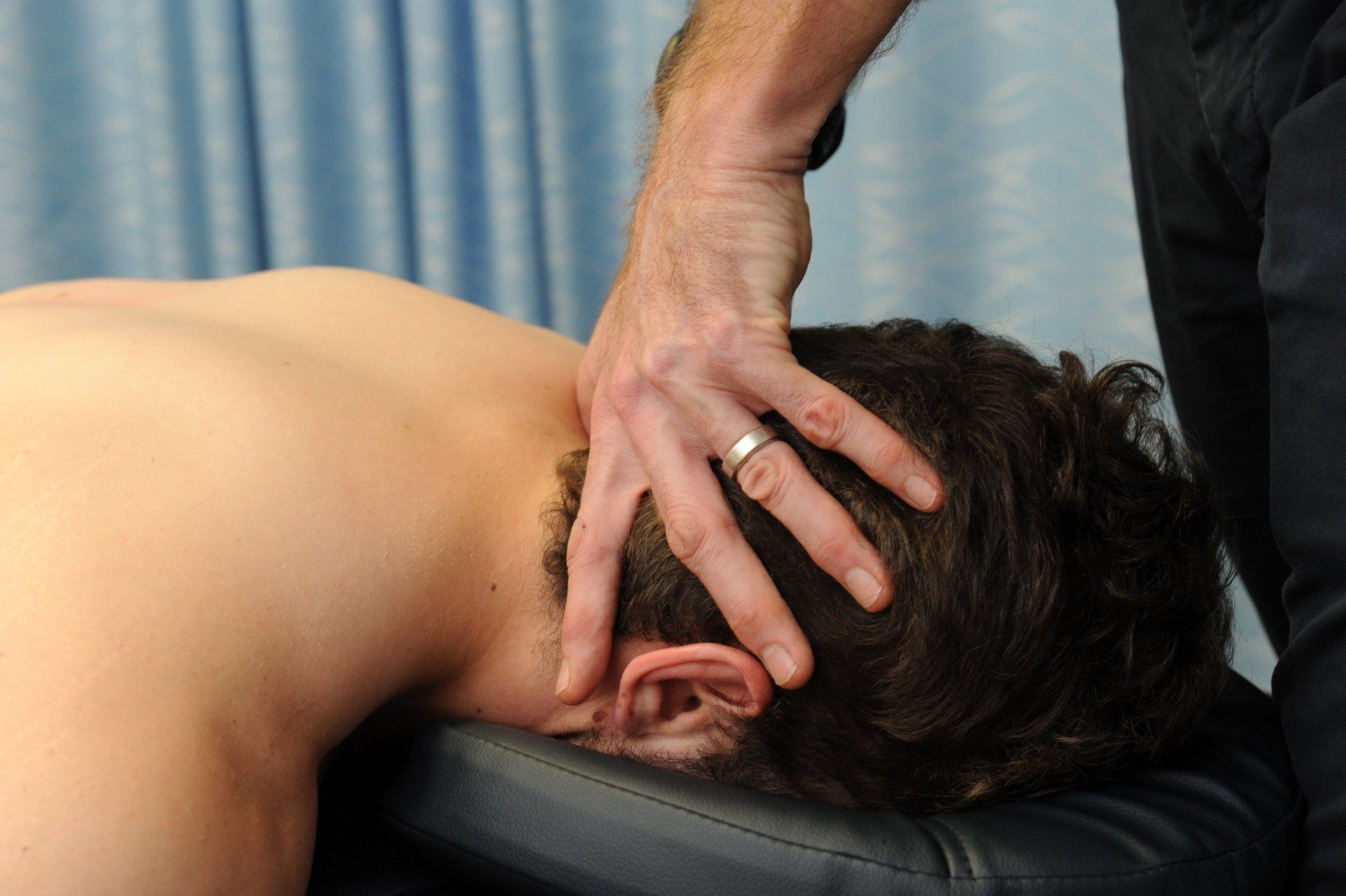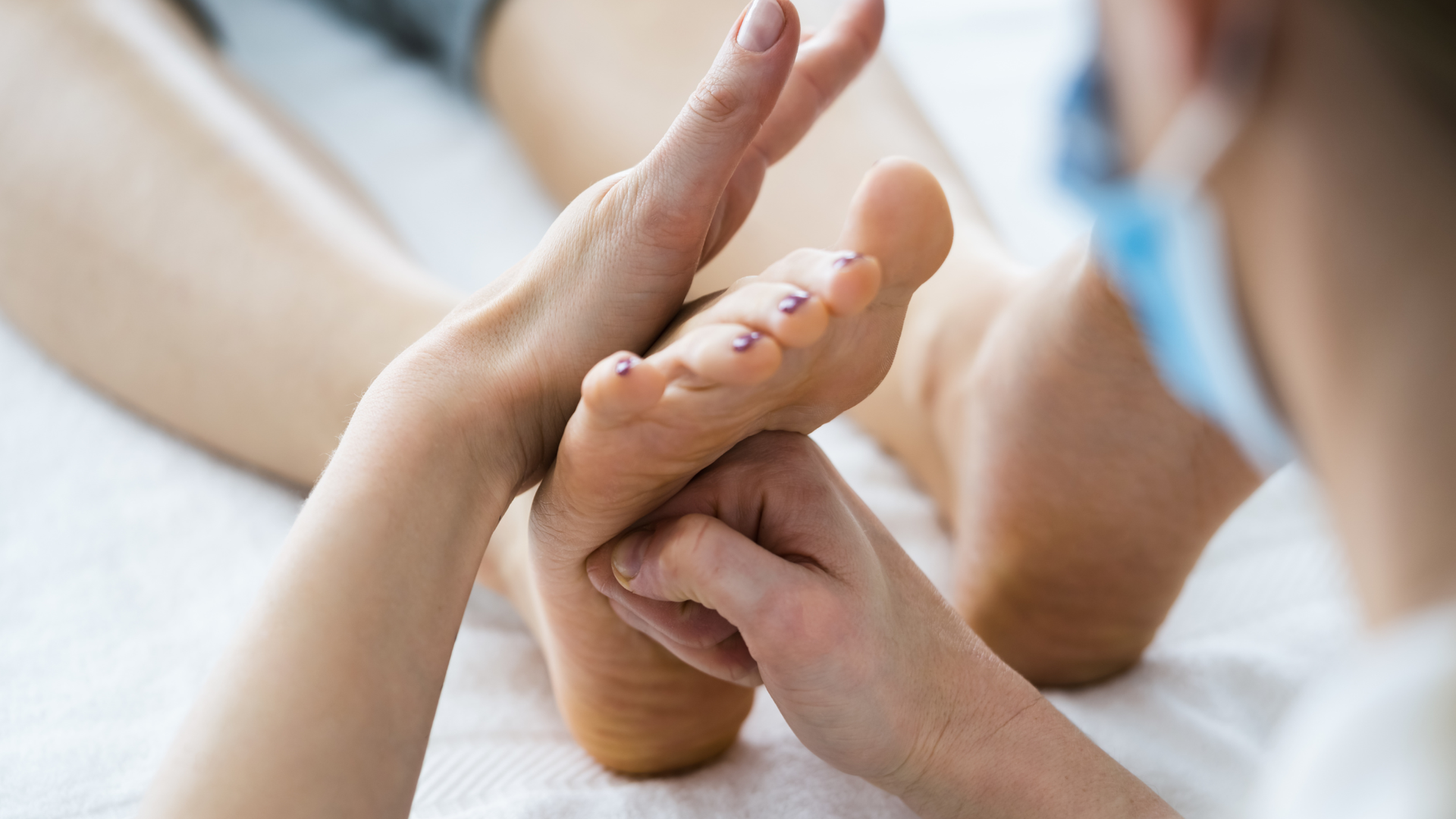The Shoulder Joint - Shoulder Subluxation
Early treatment can prevent a full dislocation and chronic pain.

The shoulder joint is a ball and socket joint made up of the head of the upper arm (the humeral head) and the glenoid fossa of the shoulder blade. It is one of the easiest joints to sublux and dislocate, resulting in shoulder pain and instability, which can have a significant impact on day-to-day activities.
Anatomy 101.
The shoulder has a lot of natural mobility, which is great for many of the daily activities and sport we like to participate in. Hanging washing, throwing a ball, swimming, playing tennis, scratching our backs, even dressing, are all reliant on the large range of motion in a normal functioning shoulder joint. However, this vast degree of mobility comes at a cost to stability. The shoulder joint has a relatively large head compared with the socket (Click here to see). It therefore relies heavily on ligament and muscle support, and an intact labrum - a fibrocartilage ring that surrounds the socket, deepening this part of the shoulder joint and increasing the contact surface area with the humeral head.
When the muscles and ligaments that provide this dynamic support are injured, stretched, or not functioning properly, shoulder subluxation can occur and, in advanced cases or when high forces are involved, shoulder dislocation.
What’s it all about?
Shoulder subluxation is part of the spectrum of injury called shoulder instability that includes shoulder dislocation in its most advanced form. Shoulder subluxation occurs when the upper part of the arm, the head of the humerus, is separated from the socket, called the glenoid fossa. With a subluxation, while the joint does separate, the joint itself maintains congruence, as opposed to a dislocation when joint congruence is disrupted and requires assistance to relocate. For more on shoulder dislocation, click here.
Shoulder subluxations are most commonly the result of repetitive exposure to loads that distract the joint. As a result, the soft tissues surrounding the shoulder joint that provide it with stability are stretched and weakened. Without these effective dynamic stabilisers, the shoulder joint becomes unstable and subluxation can occur. Activities that expose the shoulder to these loads include throwing (cricket, baseball), tennis, swimming, and volleyball.
Other examples of situations where shoulder subluxation can occur include:
- When the arm is pulled forward away from the shoulder joint force fully, as might happen when water skiing or being swung around by another individual.
- A force to the back, top or front of the shoulder, such as might occur in a fall or when playing contact sport such as AFL or rugby.
- A fall onto an outstretched arm such as might occur in the garden, snowboarding, or playing soccer.
- In a motor vehicle accident
- Muscle weakness or nerve injury, as might occur in people with hemiplegic stroke or with a paralysed upper limb.
Left untreated, shoulder subluxation will further weaken the dynamic stabilisers, resulting in ongoing, progressive instability, biomechanical dysfunction, and increased risk of more advanced shoulder joint pathology including subacromial impingement, rotator cuff tears and shoulder dislocation.
Signs and symptoms of Shoulder Subluxation
People with shoulder subluxation will generally have a history of playing sport or being exposed to an event or activities that adversely affect shoulder stability. Onset of symptoms is often gradual, and people will report pain, swelling, weakness, and pins and needles feeling in the arm. Many people are also apprehensive about certain positions, citing a fear of the shoulder “popping out”.
The resulting pain and dysfunction can impede normal muscle function and joint mechanics, and the person can report repetitive instances of shoulder joint instability. If there is damage to other structures, such as the labrum, episodes of instability may be accompanied by a clunk.
What to do, what to do…
If you have experienced shoulder subluxation, then you need a good physio. A thorough interview and assessment will help the physiotherapist understand your mechanism of injury, your symptoms and pain experiences, and how it is impacting your daily activities. Xray can be beneficial in helping identify the extent of shoulder subluxation, looking at the gap that has developed between the head of the humerus and the bony point of the shoulder, the acromion. Some special tests such as an apprehension test and push-pull test, strength tests and joint mobility tests will help the physiotherapist diagnose shoulder subluxation and provide you with a comprehensive treatment plan.
The best treatment? Exercise
In most instances, shoulder subluxation can be effectively managed with a short phase of hands-on therapy combined with therapeutic exercise. Your physio’s advanced knowledge and understanding of tissue properties will ensure the right structures are loaded and strengthened to deliver the best outcomes. Your physiotherapist will adjust the load, angle, and range of exercises to ensure the right structures are protected and strength gains are optimal. Importantly, this will be different for each individual patient.
Other treatment options include electrical stimulation of muscle, particularly in the presence of nerve damage or stroke. In some instances, surgery is indicated to “tighten” the shoulder joint and help restore normal biomechanics.
Got shoulder pain, an unstable joint or subluxed your shoulder? Give us a call.
We are part of a well-connected network of physiotherapists, orthopaedic surgeons and doctors and can provide you with a comprehensive treatment plan to get you back to doing what you love to do.
Give us a call on








